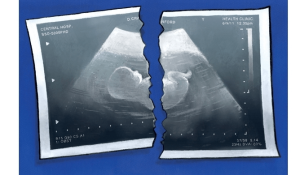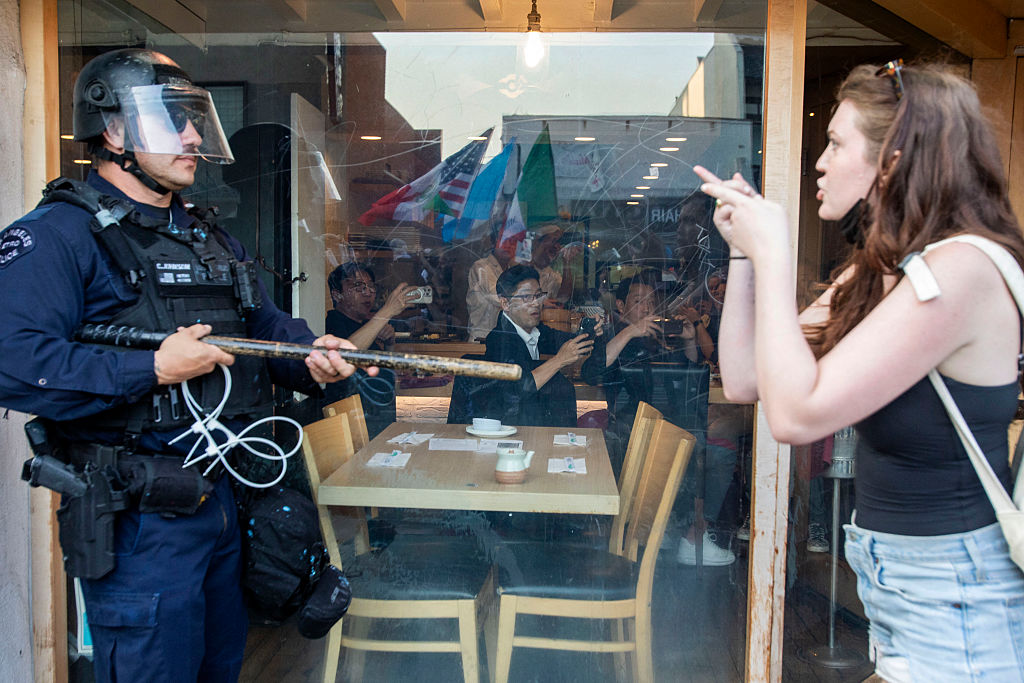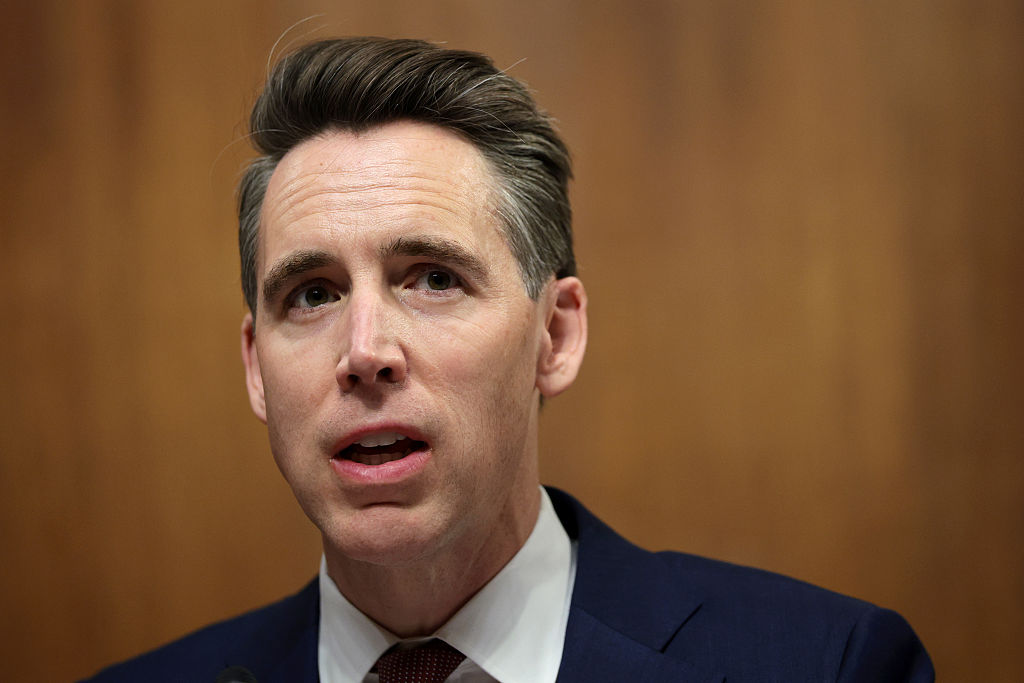After all the pro-life enthusiasm following the Supreme Court’s Dobbs decision that overturned Roe v. Wade, it was immediately clear to anyone paying attention that the politics of abortion in America would be completely changed.
We now have the first example of that in Kansas, where a well-funded pro-abortion effort was able to block an attempt to amend the state constitution to allow the legislature to regulate abortion. Even in a Republican-heavy electorate, the ballot measure failed by a margin of 63 percent to 37 percent as of press time — fueled in part by heavier than expected opposition from more socially moderate mail-in voters.
For pro-lifers, their incrementalist strategy over much of the past fifty years focused on the courts. It was a decision reached over time that accelerated after the disappointment of Planned Parenthood v. Casey in 1992. That left an open question as to how the movement would shift their targeted activism if they succeeded and had to move their battles to the states. Many red states have been very competitive when it came to the abortion issue in legislatures and at the ballot box, but the uneven nature of abortion as a constitutional matter meant that many states were effectively untested environments for both sides.
Kansas’s relatively unique situation is due to a 2019 decision by their supreme court which found the right to an abortion in the state’s constitution, drafted in 1859 — before Kansas was even a state, and at a time when abortion in the Kansas territory was illegal.
That decision meant that returning the matter to the legislature as has happened in other states would take a constitutional amendment.
In order to communicate this to voters, Republicans needed to explain a lot of things. To get rid of something, as opposed to establishing a new amendment to the Kansas constitution, is a much more demanding and difficult task when dealing with referendums like this. The yes/no question in this case was not a clear binary, and if you’re explaining, you’re losing.
The biggest lesson here is about language, and how the pro-abortion left has shifted and continues to shift in the wake of Dobbs. They could raise the (extremely unlikely) threat of a full ban on abortion at all times. They deployed extremely capable language in their cause — their group adopted the name “Kansans for Constitutional Freedom,” defining the contest in terms of retained rights as opposed to uncertain new “government mandates”:
They emphasized that abortion after viability is already banned — which is actually a dubious proposition, but again the language emphasizes abortion as a negative:
And they promoted Christian voices on their side, making a soft argument against government interference:
In response, the pro-life “Value Them Both” side accused the pro-abortion effort of deceptive ads, and claimed that if Kansans didn’t adopt the amendment, the state could become a haven for abortions:
This language obviously didn’t work. The pro-abortion left, having been set back by the Dobbs decision, was going to have to adopt a new playbook in red states. Their success in red Kansas means that a softer, gentler, “anti-mandate, pro-freedom” approach to abortion messaging will be deployed in upcoming ballot fights in states like Kentucky and Michigan.
If there’s one clear takeaway here for those pro-lifers crafting policy questions for the people, it runs against the vagaries of legal arguments and in favor of constitutional clarity. Instead of an open-ended amendment that could be framed by opponents as a preface to a total ban, Kansas could have taken a course favored by many Republican states — a pro-life heartbeat-tied amendment with the standard exceptions in place. This would have made for a clearer yes/no case to the voters.
What happened in Kansas is another sign the pro-life side will have to adapt their language — so often couched in terms focused on the judiciary — to new political state-level battles they have been unable to fight for the last fifty years.

























